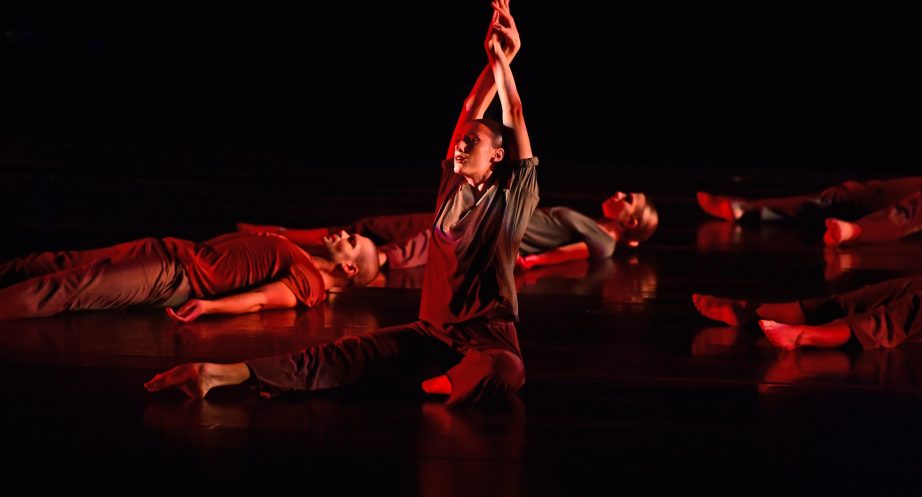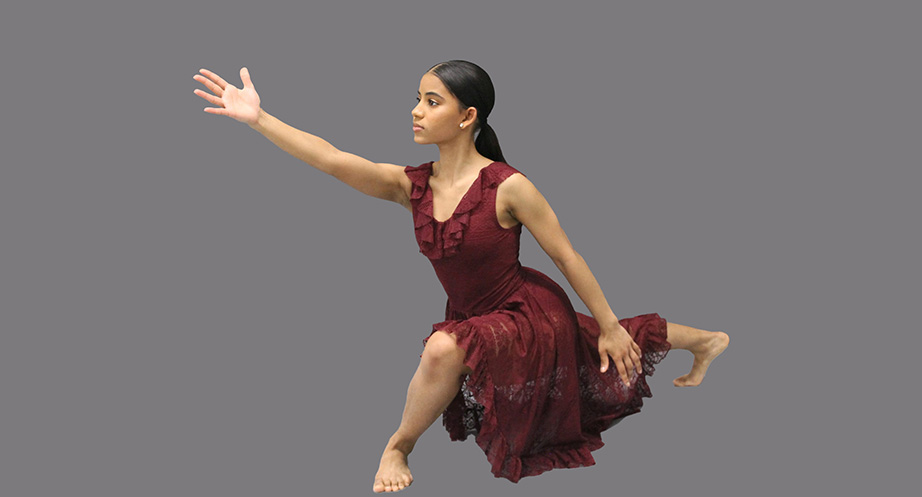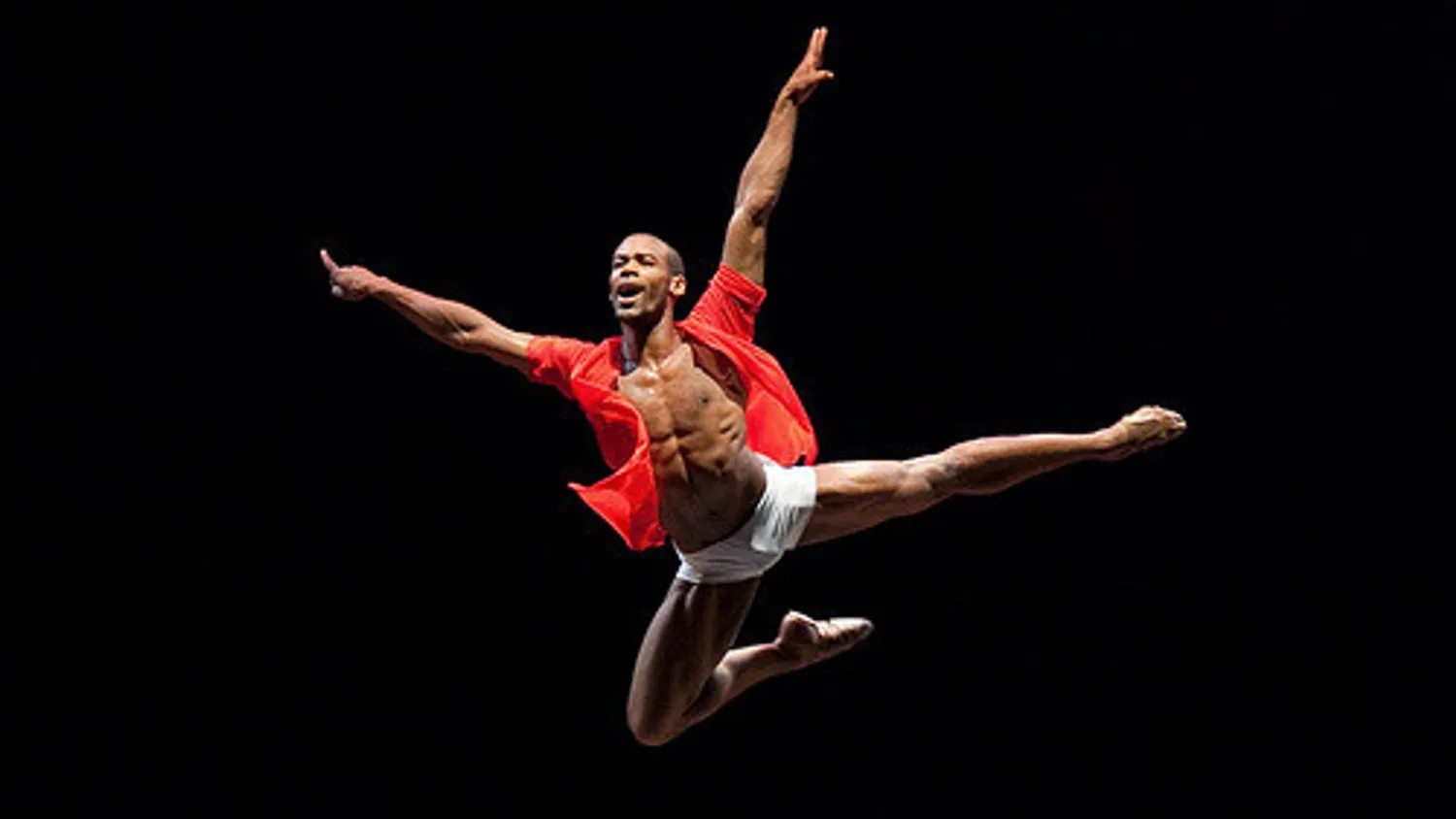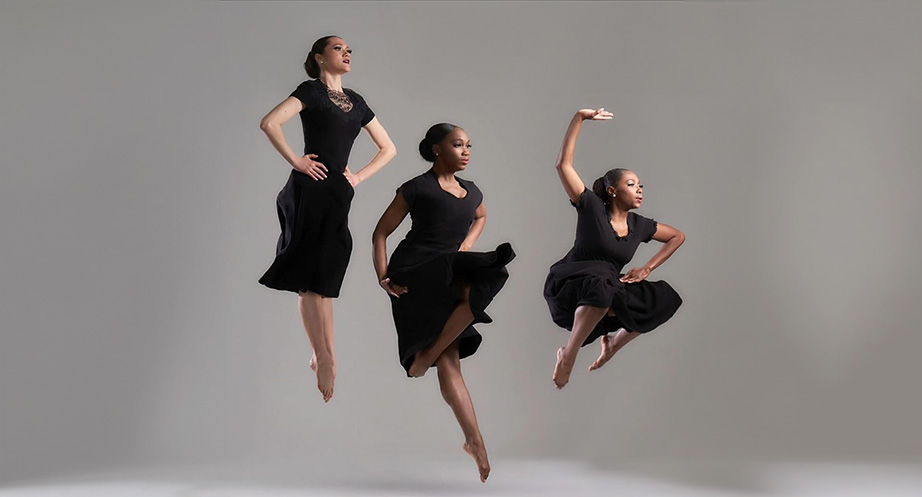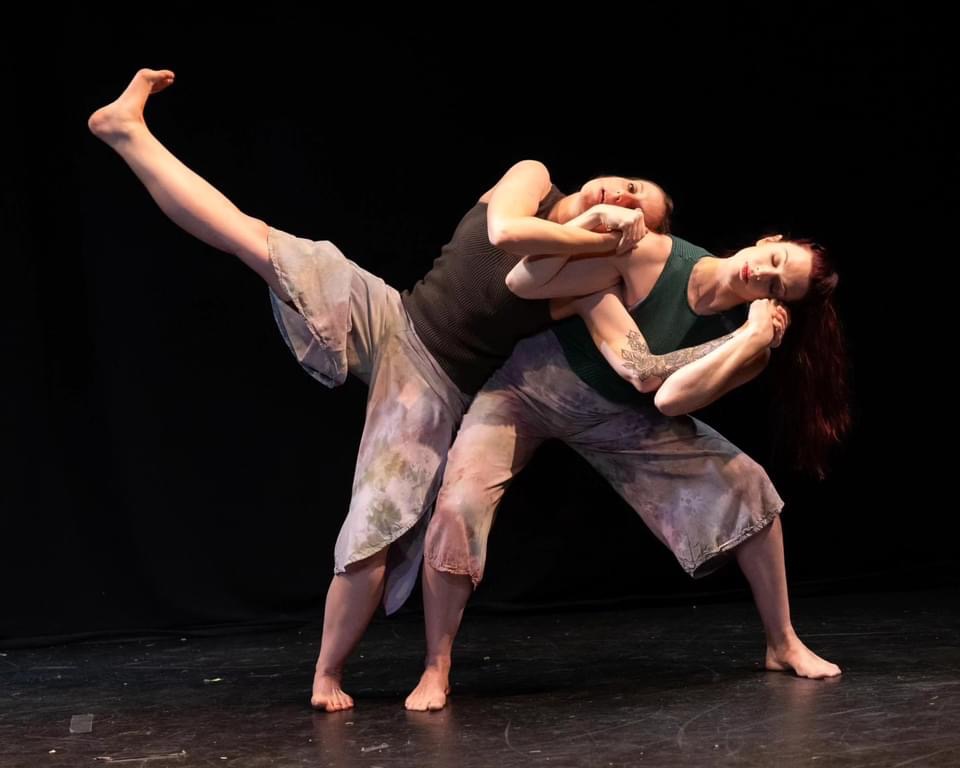by Lewis J Whittington for The Dance Journal
Koresh Dance Company was back on the Suzanne Roberts Theatre stage for the first time in two years with the premiere of TikVAH, a dance documentary in seven scenes expressing the troupe’s shared experience of being stopped in their creative tracks during the existential threats of a raging pandemic.
It was also the celebration of the company’s 30th Anniversary. In the opening remarks, choreographer Koresh told the audience that, before the shutdown, TikVAH, which is Hebrew meaning Hope, was “going to be something completely different. I wanted to celebrate our 30th Anniversary,” as his voice cracked “with hope for many more years to come. All that was shut down.”

Koresh Dance Company Celebrates 30 Years
Koresh spoke of the impact of the dancers not being able to express themselves through their art or bodies, even when they were able to be back in the studio working again. They were not able to touch or fully see each other, remaining masked and socially distanced. This gave rise to Koresh developing choreography that reflected what they were collectively going through both physically and emotionally.
Essentially, Koresh was exploring an artistic exercise to keep the company physically trained and mentally cope with the unprecedented events in and outside of the studio. Koresh collaborated with choreographers Raphael Xavier and Yin Yue for the project, both strong conceptual dance storytellers.
In his remarks to the audience, Koresh described how he had “no intention of ever showing this work, it was to for us. To put everything we felt into this work called TIkVA would show how we felt during the months of isolation, the year of loneliness, and the desire for hope.”

In loose-fitting studio garb in a proscenium freeze-frame, the ten dancers were choreographer Roni Koresh’s first haunting image of his new work TikVAH.
The piece is scored to otherworldly music by Koresh’s frequent collaborators Jon Levis, Nils Frahm, and Greg Smith. It is a mix of eerie soundfields, jarring interludes, an introspective sonata, and a range of spacey ambient sounds. The poetic lighting design by Peter Jabubowski, Koresh noted, “envisioning what it should look like onstage.”
The lengthy opening scenes – Finding all in One and Light at the End of the Tunnel carve out a harsh terrain of chaos and dread. There is a voiceover by poet Karl Mullen as the dancers clustered in hope and defeat, Mullen laces in motivational platitudes that we all use during stressful times, but here they read as hollow words. It is followed by a solo called Sideways set to haunting piano music by Nils Frahm and stunningly danced by Melissa Rector, speaking volumes with her body conveying senses of isolation and defeat.
A whole range of emotions play out in the full ensemble scenes – Lost, Tunnel Vision, and Snap and then the finale, Can’t Let Go, which Koresh choreographed when the dancers could finally safely return to movement that involved physical contact. It is triumphantly choreographed with the dancers armed linked together in a Koresh style, kicking and moving forward as one.
There are unfiltered emotions naked on the dance stage, ponderous choreography is part of it, swaths of it are chaotic and indulgent even. The piece is reminiscent of what Bill T. Jones explored in his impulsive movement aesthetic in the wake of the AIDS epidemic in such works as Still/Here. TikVAH, similarly, has the sensibility of raw footage of dance bodies and souls trying to move through uncertain space.
The TikVAH premiere was followed by a mini-retrospective of excerpts from Roni Koresh’s broad repertory. And indeed, it provided needed notes of shared joy, drama, humor, and sensuality.
Among the highlights
Standing in Tears is a signature Koresh piece from 2005, set to the music Sheb Chaled, with contemporary variations of Hasidic dance with separate sections for the men and the women, rhythmic ensemble circles, and invocations of spiritual unity.
Veteran partners Melissa Rector and Micah Geyer burn through duet Trust (2012), an athletic and intimate dance that just keeps smoldering.
Then there’s Negative Space (2016) with Geyer and Devin Larcher in a vaudeville-style punch-drunk duet full of soused acrobatics.
In a scene from Theater of Public Secrets (2008), set to music by Liz Story, Callie Hocter is the mysterious woman floating over the stage in a silk gown, under a huge parasol with Kevan Sullivan trailing behind, but turns into a dream seduction.
Dancers Robert Tyler, Calie Hocter, Paige Devitt, and Devin Larcher buoyantly nailed the technical precision of Koresh’s quartet from 2018’s Inner Sun.
The finale The Heart (2012) with music by Hugues Le Bars, for the full company that looks like a club dance party with everybody just bouncing about, joking, and posing but soon careens into tight, driving unison ensemble passages, which are radiant with Koresh’s full-throttle drive and passion.

THREE BROTHERS AND THIRTY YEARS
Since 1991, founding artistic director-choreographer, Roni Koresh has built his dynamic company with a unique and wide-ranging aesthetic. He has along with his brothers, Alon and Nir, created an organization that is interwoven with the rich artistic and cultural diversity of Philadelphia. For the dance community at large, he has invested in creative collaborations such as the Come Together Festival, offered top-notch dance education, and opportunities such as their ongoing studio showcase series. The company’s Anniversary season may have been temporarily sidelined, but their ongoing mission of bringing dance to Philadelphia is more than enough reason to celebrate their 30 years.
Mr. Whittington’s arts profiles, features, and stories have appeared in The Advocate, Dance International, Playbill, American Theatre, American Record Guide, The Harvard Gay and Lesbian Review Worldwide, EdgeMedia, and Philadelphia Dance Journal. Mr. Whittington has received two NEA awards for journalistic excellence.
In addition to interviews with choreographers, dancers, and artistic directors from every discipline, he has interviewed such music luminaries from Ned Rorem to Eartha Kitt. He has written extensively on gay culture and politics and is most proud of his interviews with such gay rights pioneers as Frank Kameny and Barbara Gittings.
Mr. Whittington has participated on the poetry series Voice in Philadelphia and has written two (unpublished) books of poetry. He is currently finishing Beloved Infidels, a play about the murder of filmmaker Theo van Gogh. His editorials on GLBTQ activism, marriage equality, gay culture and social issues have appeared in Philadelphia Inquirer, City Paper, and The Advocate.
- A Day in the Life of Philly’s Master Choreographer, Dr. Rennie Harris - March 21, 2024
- Errand Into The Maze | The Life and Works of Martha Graham - March 1, 2024
- Matthew Rushing leads Alvin Ailey Company’s Tour - February 20, 2024

